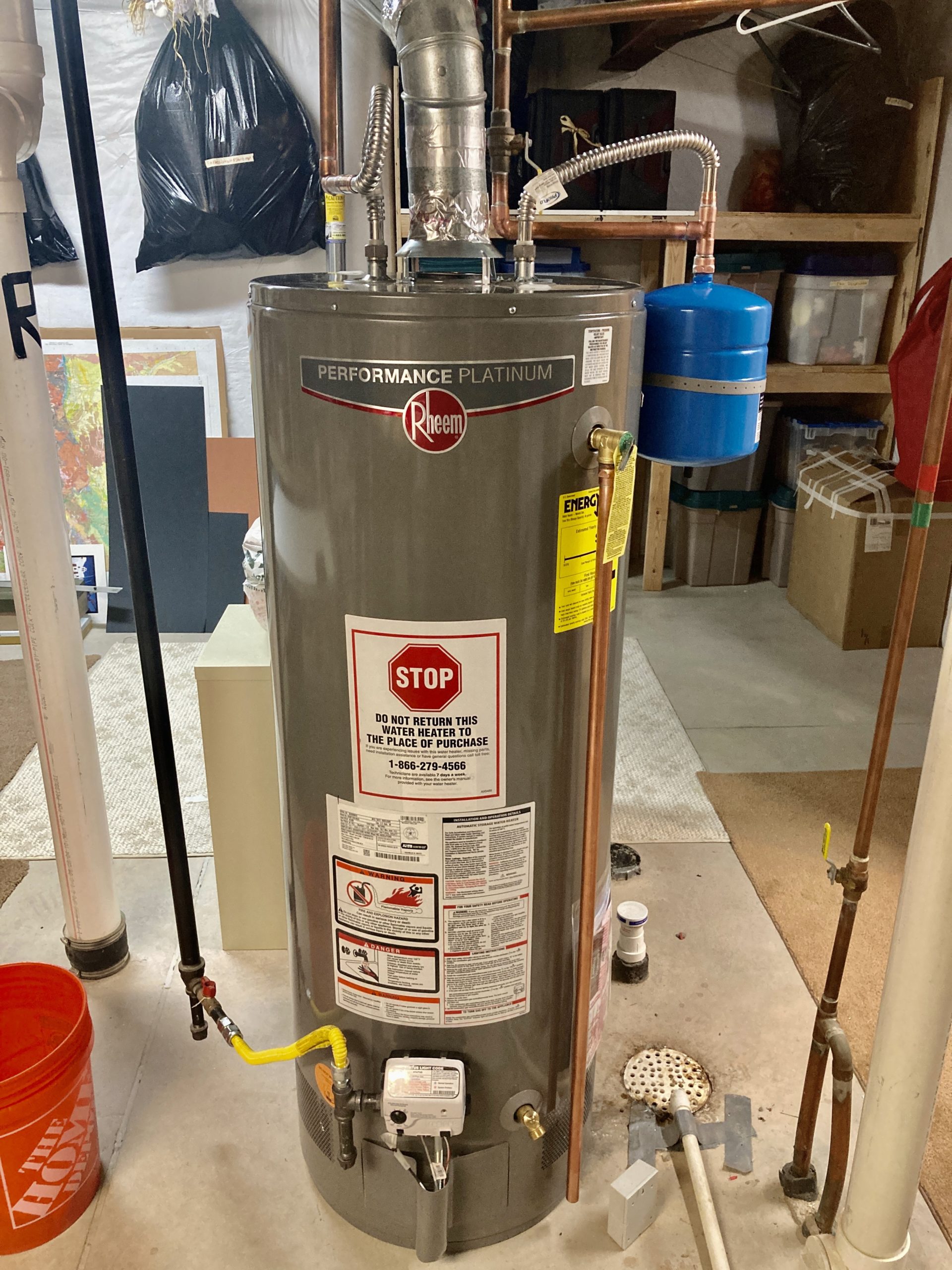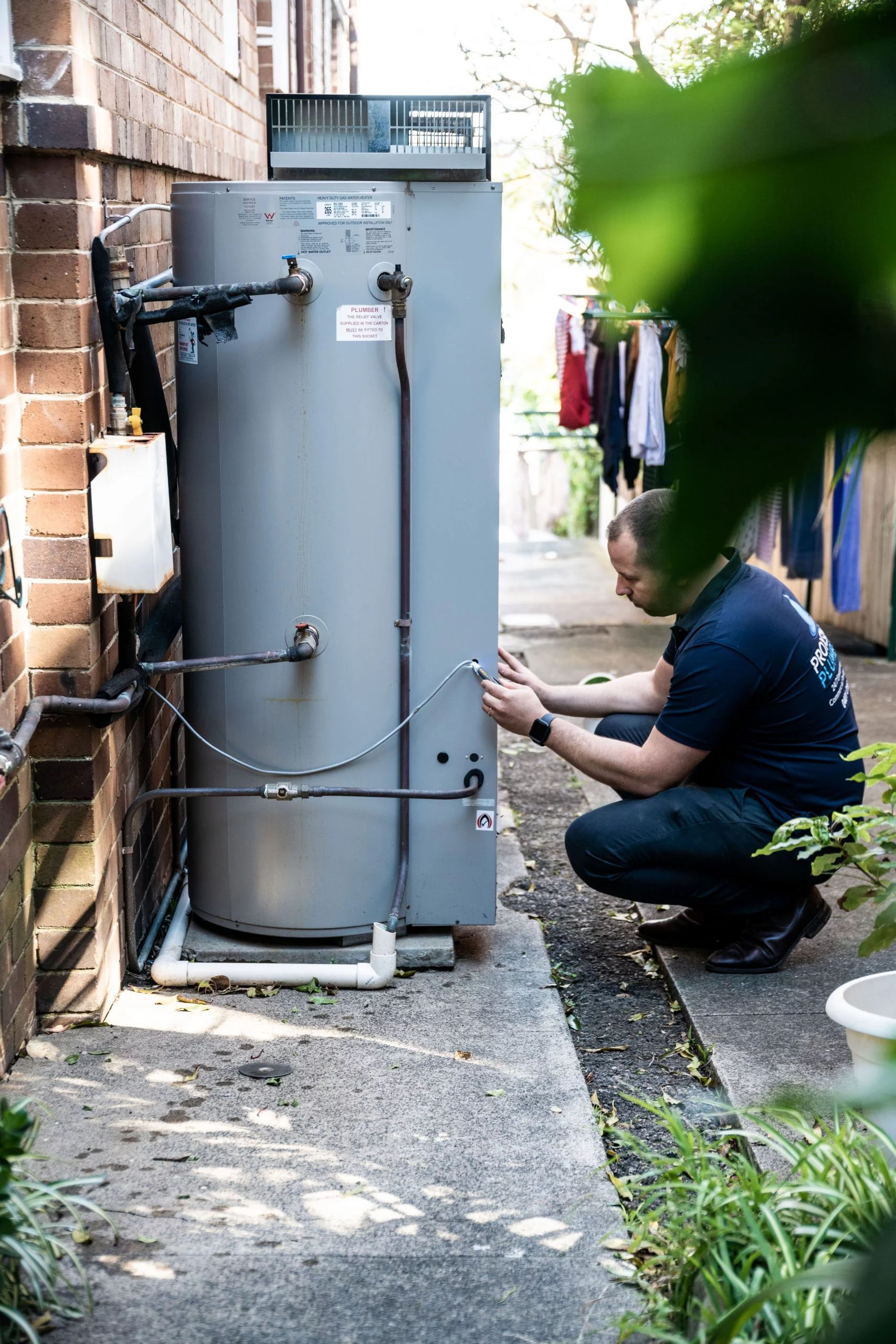Making Sure Durability of Your Home's Hot Water System: Care TipsWays to Extend the Life of Your Home's Hot Water System Through Maintenance
Schedule A Free EstimateJust how do you feel with regards to Tips on Maintaining a Water Heater?

Warm water is important for everyday convenience, whether it's for a refreshing shower or washing meals. To guarantee your hot water system runs effectively and lasts much longer, normal upkeep is key. This short article supplies sensible tips and understandings on just how to maintain your home's hot water system to prevent interruptions and expensive repair work.
Intro
Preserving your home's hot water system could appear overwhelming, yet with a few easy steps, you can ensure it runs smoothly for years to come. This overview covers every little thing from recognizing your hot water system to DIY maintenance tips and recognizing when to call specialist help.
Importance of Keeping Your Hot Water System
Regular upkeep not only extends the life-span of your warm water system but also guarantees it operates successfully. Ignoring maintenance can lead to lowered effectiveness, greater energy expenses, and also premature failure of the system.
Signs Your Hot Water System Demands Upkeep
Understanding when your hot water system requires interest can prevent major issues. Watch out for signs such as inconsistent water temperature level, unusual sounds from the heating unit, or rusty water.
Purging the Water Heater
Purging your water heater gets rid of sediment accumulation, boosting efficiency and lengthening its life.
Checking and Changing Anode Rods
Anode rods avoid rust inside the container. Examining and replacing them when worn is vital.
Facility Issues Requiring Expert Aid
Instances consist of significant leaks, electrical issues, or if your hot water heater is continually underperforming.
Regular Specialist Upkeep Benefits
Expert maintenance can include complete assessments, tune-ups, and guaranteeing compliance with safety and security requirements.
Evaluating and Readjusting Temperature Level Settings
Readjusting the temperature level settings guarantees optimal performance and safety.
DIY Tips for Maintenance
You can carry out a number of maintenance tasks yourself to maintain your warm water system in top problem.
Looking for Leakages
Regularly inspect pipes and connections for leaks, as these can bring about water damages and greater costs.
Comprehending Your Hot Water System
Before diving right into maintenance jobs, it's handy to recognize the fundamental elements of your warm water system. Usually, this includes the water heater itself, pipes, anode rods, and temperature controls.
Monthly Upkeep Tasks
Routine regular monthly checks can help catch small issues prior to they intensify.
Checking Pressure Relief Valves
Testing the stress relief valve guarantees it operates properly and prevents excessive stress accumulation.
Protecting Pipes
Insulating hot water pipelines decreases warmth loss and can conserve energy.
When to Call a Specialist
While do it yourself maintenance is advantageous, some issues require professional experience.
Verdict
Routine maintenance of your home's warm water system is crucial for effectiveness, longevity, and price savings. By following these pointers and understanding when to look for expert help, you can make certain a reputable supply of warm water without unforeseen disruptions.
Water Heater Maintenance Tips
Test the TPR Valve
Shut off the power and the cold-water supply valve. Place a bucket under the pipe connected to the temperature-pressure-release (TPR) valve on the top or side of the tank. (This valve opens if the tank pressure gets too high.) Lift the valve’s tab to let some water out, then let go. If water keeps flowing, drain the tank partway, unscrew the old valve with a pipe wrench, and install a new one. Check the Anode Rod
Put a hose to the tank’s drain cock and let out a few gallons of water. Now fit a 1 1/16-inch socket onto the rod’s hex head on top of the heater (or under its top plate) and unscrew the rod. If it’s less than ½ inch thick or coated with calcium, buy a new one, wrap its threads with Teflon tape, put it back in the tank, and tighten securely. Use this segmented rod if headroom above the tank is limited. Drain the Tank and Wash Out Sediment
Drain the remaining water in the tank into the bucket, then stir up the sediment on the tank’s bottom by briefly opening the cold-water supply valve. Drain and repeat until clean water comes out of the hose. Close the drain cock, refill the tank, and turn its power back on. Adjust the Temperature
Find the temperature dial on the side of the tank and unscrew its cover. Adjust the dial to 120 degrees using a flathead screwdriver. For every 10 degrees the temperature is lowered, you can expect to save up to 5 percent in energy costs. Turn the water heater off or the thermostat down to its lowest setting if you plan to be away from home for more than three days. Insulate the Pipes
Buy some self-sticking 3/8-inch-thick foam pipe insulation that matches the pipes’ diameter. Slide the foam over the hot-and cold-water pipes as far as you can reach. Insulating the cold-water pipe prevents condensation in summer. Peel the tape and squeeze the insulation closed. If the pipe is 6 inches or less from the flue, cover it with 1-inch-thick unfaced fiberglass pipe wrap. https://www.thisoldhouse.com/plumbing/21016402/how-to-maintain-a-water-heater

As an avid person who reads on What Kind of Maintenance Do Water Heaters Need?, I assumed sharing that piece of content was a great idea. Make sure you take the opportunity to promote this blog post if you enjoyed reading it. Bless you for your time. Revisit us soon.
Call Today